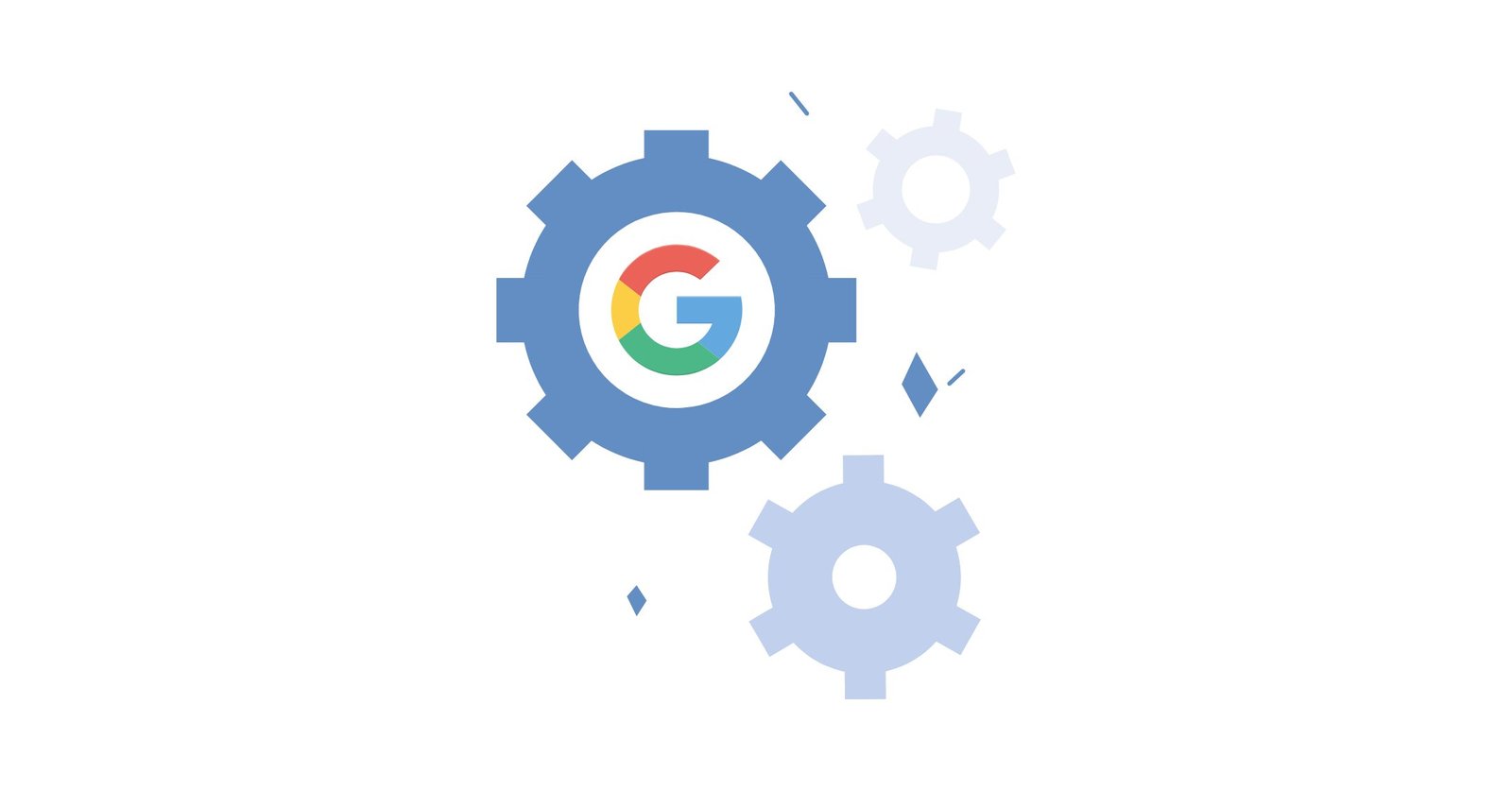As online shopping continues to grow in popularity, e-commerce businesses are searching for ways to drive traffic and boost sales on their websites. One effective strategy to achieve this is through pay-per-click (PPC) advertising. PPC campaigns enable businesses to display tailored ads to customers, directing them to the website and increasing the chances of a conversion.
While setting up a PPC campaign is relatively straightforward, optimizing it is crucial for maximizing its impact. Here are some essential tips on how you can optimize your e-commerce PPC campaigns:
1. Conduct Comprehensive Keyword Research
Keywords play a role in any e-commerce PPC campaign. Start by brainstorming a list of keywords that potential customers might use when searching for products or services to what you offer. Utilize keyword research tools, like Google Keyword Planner or SEMrush, to expand your list and identify traffic low-competition keywords. By choosing the keywords, you can enhance your campaign visibility. Attract more qualified traffic.
2. Develop Ad Groups
Once you have identified your keywords, organize them into ad groups based on their relevance and similarity. Tailor your ad copy and landing pages for groups to increase the likelihood of turning clicks into sales. For instance, if you sell clothing, consider creating ad groups for categories like “Men’s T-Shirts,” “Women Dresses,” or “Kids Footwear.” By targeting each group, you can deliver relevant ads to potential customers.
3. Craft engaging ad copy that makes an impression on potential customers
It’s essential to create compelling content that entices users to click. Emphasize the benefits of your products or services, use calls to action, and include relevant keywords to improve the relevance of your ads. Experiment with variations of your ad copy to identify what resonates best with your target audience.
4. Optimize your landing pages for conversions after users click on your ads
Your landing page should be highly relevant to the ad and provide a user experience. Ensure that it loads quickly and is mobile-friendly. Contains content that motivates users to take action.
To ensure that users complete their purchases, it’s important to avoid distractions like navigation or unrelated information. Adhering to best practices for paid search landing pages is essential to achieve optimal results.
5. Incorporate Conversion Tracking
Optimizing your PPC campaigns requires measuring their success. By implementing conversion tracking, you can gain insights into the keywords and ads that generate the conversions. This data-driven approach allows you to make decisions regarding bid optimization, budget allocation, and targeting improvements.
6. Prioritize Mobile Optimization
Given the surge in usage, it is vital to prioritize mobile optimization in your e-commerce PPC campaigns. Ensure that your landing pages are loaded quickly and provide a smooth user experience across various devices. Testing your ads on devices and utilizing mobile ad extensions can significantly enhance campaign performance on these platforms.
7. Employ A/B Testing
A/B testing is a tool for determining the effectiveness of elements within your PPC campaign. Experiment with variables such as ad copy, landing page layouts, and action buttons to identify which aspects yield conversion rates.
It’s important to keep in mind that conducting A/B testing should take place over a period of time, and any changes should be made based on results that are statistically significant.
8. Keep an eye on things and make adjustments
Remember that PPC campaigns aren’t something you can just set up and forget about. The key to optimization is regularly monitoring how your campaign is performing and making adjustments accordingly. Pay attention to metrics such as click-through rates (CTR), conversion rates, cost per conversion, and return on ad spend (ROAS). Use this data to identify areas where improvements can be made and continually optimize your PPC campaign.
Conclusion
To sum it up, optimizing your e-commerce PPC campaigns is crucial for generating traffic and increasing sales. By conducting keyword research creating targeted ad groups, writing persuasive ad copy optimizing landing pages, implementing conversion tracking, prioritizing mobile optimization utilizing A/B testing techniques, and consistently monitoring and adjusting your campaign, you can maximize the effectiveness and return on investment (ROI) of your PPC efforts.

